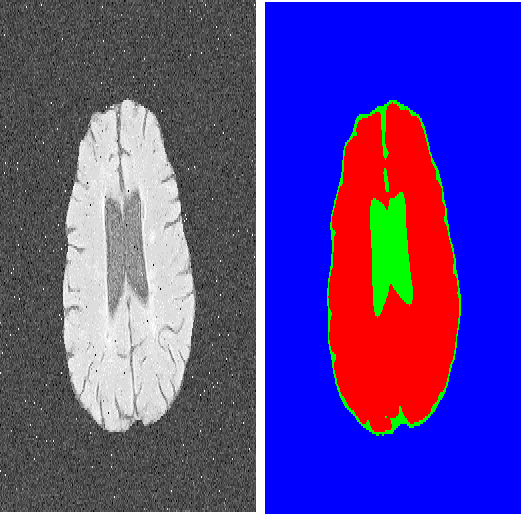Although deep learning models have become the main method for medical image segmentation, they often cannot be extended to unknown segmentation tasks involving new anatomical structures, image shapes, or labels. For new segmentation tasks, researchers often have to retrain or fine-tune the model, which is time-consuming and poses a significant obstacle to clinical researchers, who often lack the resources and professional knowledge to train neural networks. Therefore, we proposed a general method that can solve unknown medical image segmentation tasks without requiring additional training. Given an example set of images and prompts for defining new segmentation tasks, GMISeg applies a novel low-rank fine-tuning strategy based on the proposed approach to the SAM (Segment Anything Model) image encoder, and works with the prompt encoder and mask decoder to fine-tune the labeled dataset without the need for additional training. To achieve generalization of new tasks, we used medical image datasets with different imaging modes for different parts. We trained and generalized GMISeg on a different set of anatomical and imaging modes using cardiac images on other site datasets. We have demonstrated that GMISeg outperforms the latest methods on unknown tasks and have conducted a comprehensive analysis and summary of the important performance of the proposed method.
翻译:暂无翻译



